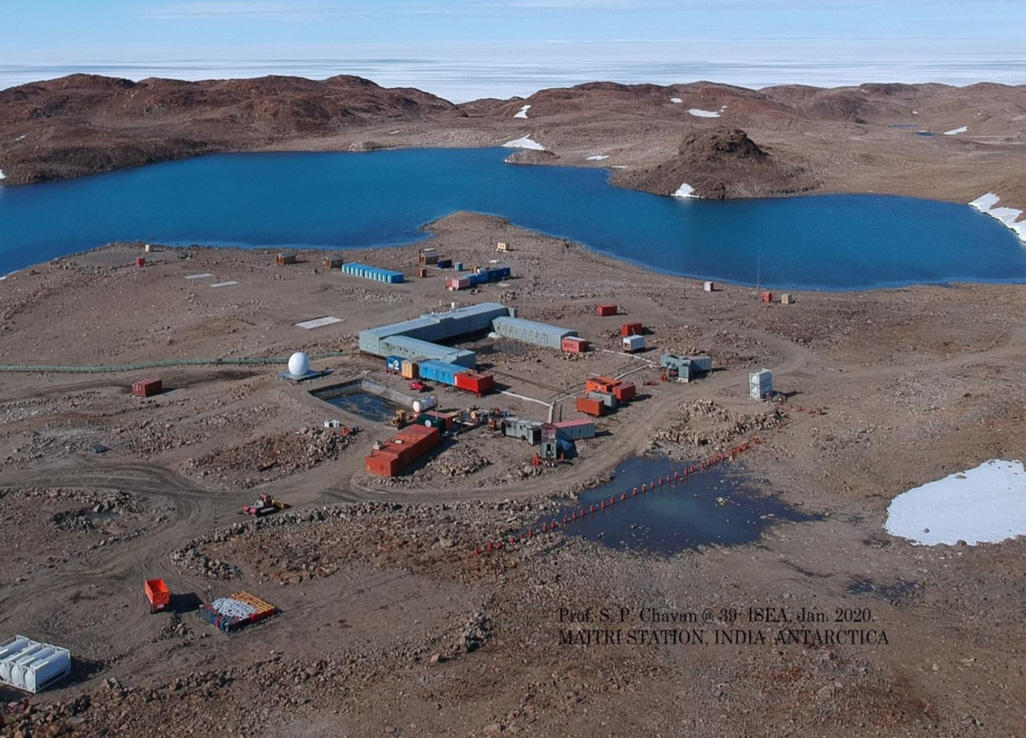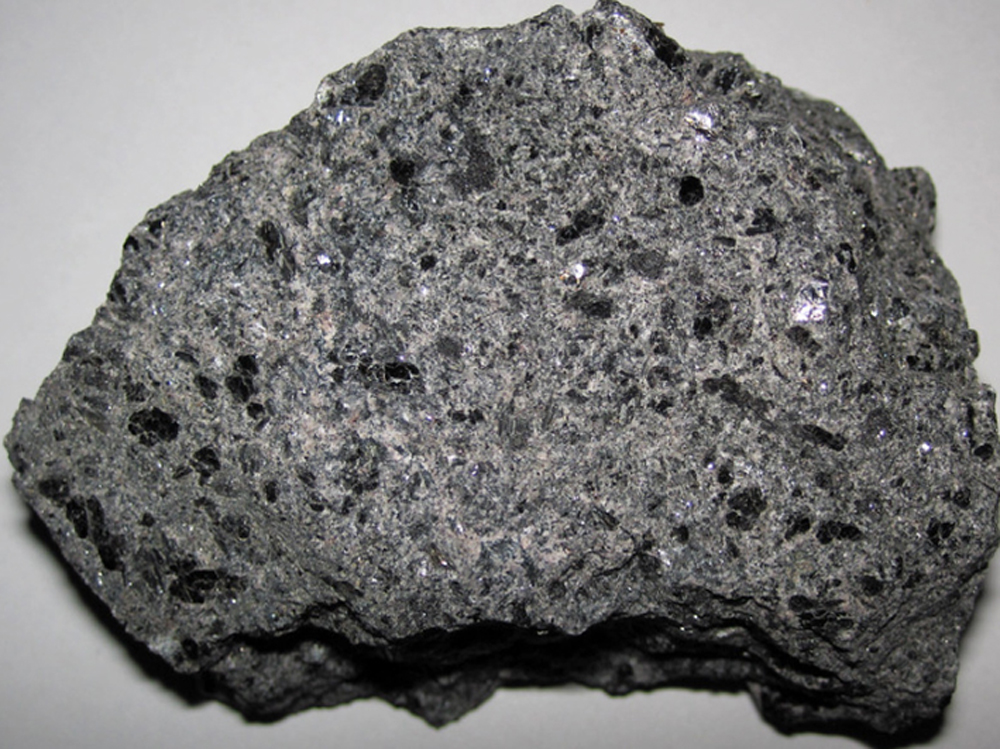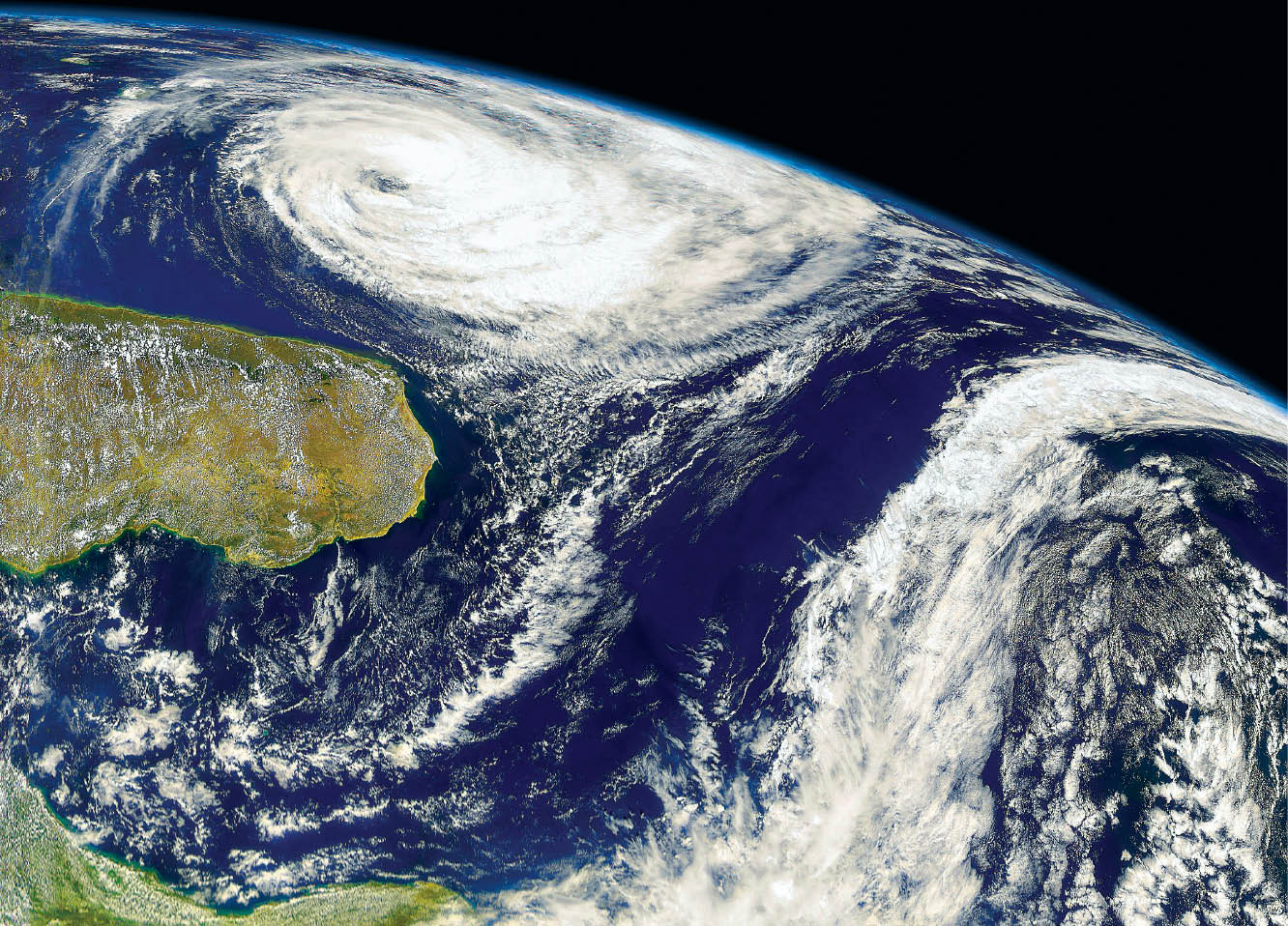A Historical Perspective of Tropical Cyclone Research



India is set to embark on a new chapter in its Polar exploration journey with the construction of Maitri II. The Indian government plans to establish a new research station near the existing Maitri ba...
.png )
The Deep Ocean Mission (DOM), approved by the Government of India in 2021 under the Ministry of Earth Sciences (MoES), represents a strategic step in realizing Sustainable Development Goal 14 (SDG 14:...

China recently announced restrictions on the export of seven rare earth elements (REEs), soon after US President Donald Trump decided to impose tariffs. As the world's dominant supplier—responsible fo...
The monitoring, prediction and forecast of tropical cyclones (TCs) over the northern Indian Ocean (NIO) basin goes back 150 years. A historical account of the developments is presented here, along wit...
A tropical cyclone is an intense low pressure system that is classified on the basis of its wind speed. The phenomena has a definitive structure and a well-defined life cycle.
Cyclone Phailin crossed into Odisha and adjoining northern Andhra Pradesh near Gopalpur on October 12, 2013. India Meteorological Department (IMD) accurately predicted the genesis, intensity, track an...
Tropical cyclones (TC) in the northern Indian Ocean (NIO) have several prominent characteristics as compared to storms in other ocean basins of the world, especially in their genesis, structure, disas...
The monitoring, prediction and forecast of tropical cyclones (TCs) over the northern Indian Ocean (NIO) basin goes back 150 years. A historical account of the developments is presented here, along with the present status of early warning systems.

A tropical cyclone is an intense low pressure system that is classified on the basis of its wind speed. The phenomena has a definitive structure and a well-defined life cycle.

Cyclone Phailin crossed into Odisha and adjoining northern Andhra Pradesh near Gopalpur on October 12, 2013. India Meteorological Department (IMD) accurately predicted the genesis, intensity, track and point and time of landfall well in advance. As a result, the loss of human lives due to the cyclone was reduced to just 22 persons.
